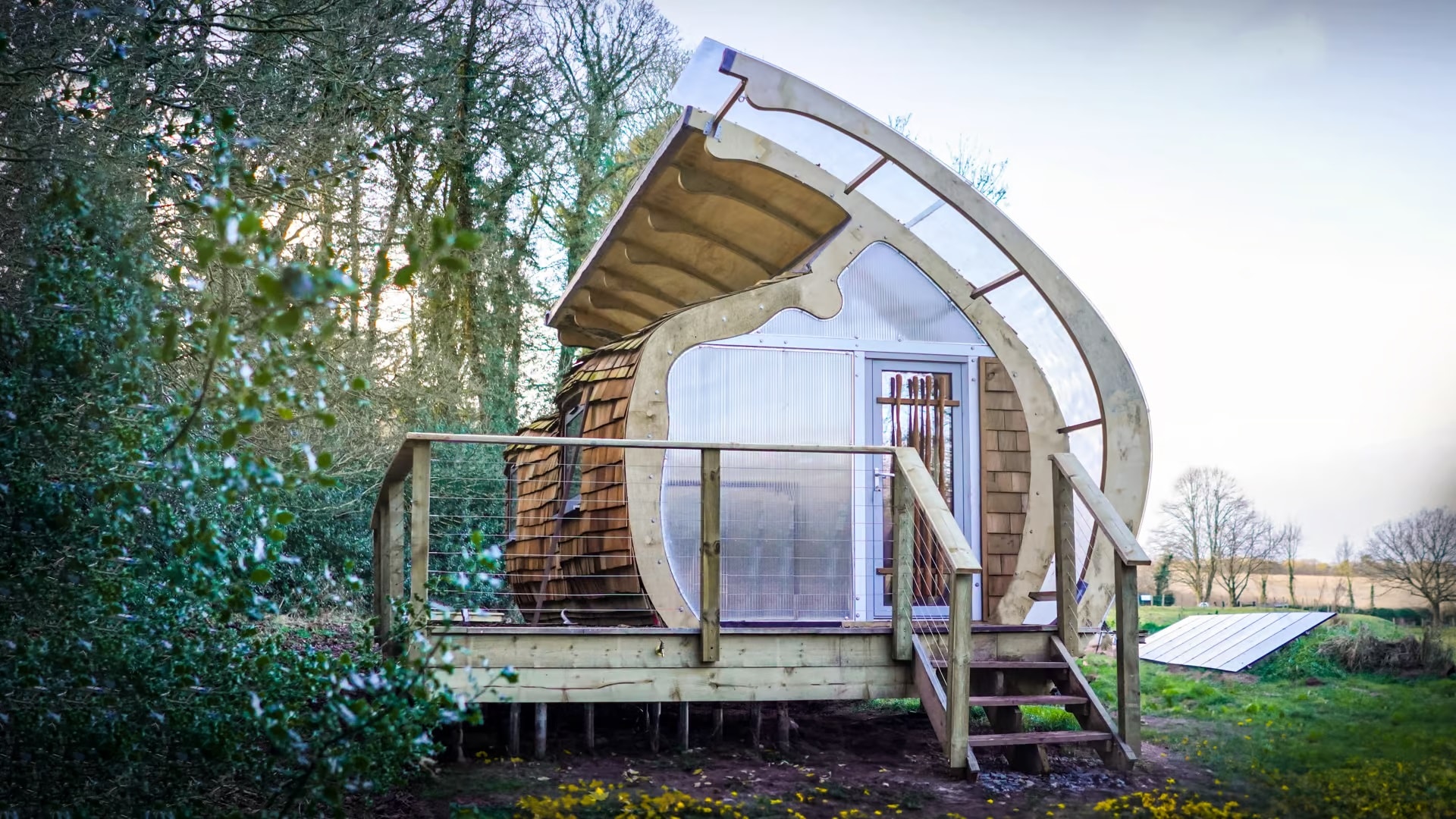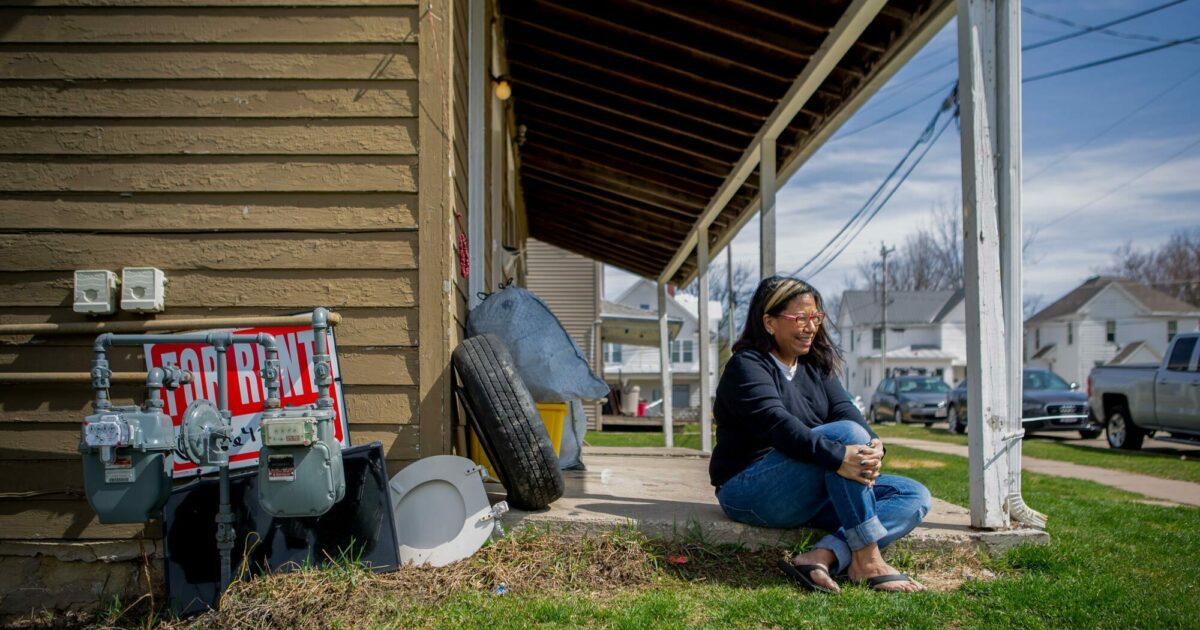By Gary Fleisher
Embarking on a journey to introduce a groundbreaking method, particularly in offsite construction, presents a unique set of challenges and is especially daring within the housing market, where innovation must not only meet the demands for functionality and durability but also align with aesthetic norms and regulatory standards. The path to introducing such novel approaches, characterized by the use of unconventional materials and processes, is rarely linear. Entrepreneurs and innovators find themselves navigating a complex maze, fraught with both predictable and unforeseen obstacles.

.
The Vanguard of Construction: Navigating Uncharted Waters
The allure of pioneering a new construction method is undeniable. The promise of creating homes that stand out for their design, efficiency, or environmental footprint taps into the growing demand for sustainable and innovative housing solutions. However, the journey is punctuated by significant challenges that require strategic foresight and resilience.
Confronting Skepticism with Education and Engagement
A primary hurdle in this innovative endeavor is overcoming the initial skepticism or resistance from the market. Traditional home buyers might be wary of homes that boast an unconventional appearance or are constructed with materials that have yet to be proven through time. The key to surmounting this obstacle lies in robust education and marketing efforts. It is imperative to articulate the advantages of these innovations — whether they offer cost savings, environmental benefits, or superior durability — in a manner that resonates with potential buyers. Virtual tours, detailed case studies, and testimonials from early adopters can play a crucial role in building trust and fostering interest.

.
Steering Through Regulatory Hurdles
The construction industry is bound by stringent regulations, with building codes that often favor time-tested methods. Innovators may find themselves at odds with these regulations, which can be slow to accommodate new technologies or unconventional materials. Early engagement with regulatory bodies, coupled with the expertise of legal advisors and construction law consultants, can help navigate these complexities. This proactive approach ensures that innovative methods gain the necessary approvals, paving the way for broader acceptance.
Securing the Financial Backbone
The quest for financial backing presents another significant challenge. Traditional financial institutions and investors might view ventures that diverge from the norm as high-risk endeavors. Crafting a compelling business case, bolstered by market research, potential return on investment (ROI) analyses, and results from pilot projects, is critical in securing the needed investment. Exploring alternative funding sources, such as grants for eco-friendly initiatives or crowdfunding campaigns, can also provide a much-needed financial lifeline.

.
Establishing Quality and Reliability
Demonstrating that an innovative construction method or material is not only viable but potentially superior to traditional approaches is a daunting task. This endeavor requires extensive testing and validation, which can be both time-intensive and costly. A commitment to rigorous quality control and the pursuit of certifications from reputable standards organizations are essential steps in building credibility. Collaborations with academic institutions for research and validation can further bolster the case for the new building methods.
Cultivating Strategic Partnerships
Breaking into an established market often entails challenging longstanding relationships and preferences within the industry. Convincing suppliers, contractors, and distributors to embrace an unproven method demands not only tenacity but also the ability to articulate the unique value proposition of the innovation. Demonstrating how the new method can access untapped market segments or enhance operational efficiency can sway industry partners to lend their support. Initiating pilot projects that highlight the method’s benefits is an effective strategy for winning over skeptics.
Charting the Course to Success
The path to revolutionizing offsite construction through innovative methods is fraught with challenges, yet it remains a journey worth embarking on. By anticipating potential roadblocks and devising strategic solutions, innovators can steer their ventures toward success. This process demands not only technical creativity but also strategic planning, perseverance, and the capacity to drive change in a traditionally conservative field. The potential to reshape the housing market with innovative, sustainable, and efficient construction methods is immense. With the right approach, today’s pioneers can lay the foundation for the construction practices of tomorrow, marking a significant leap forward in how we think about building homes.
.
Gary Fleisher is a renowned blogger and commentator on construction and housing trends, known for his insightful analysis of the industry.



